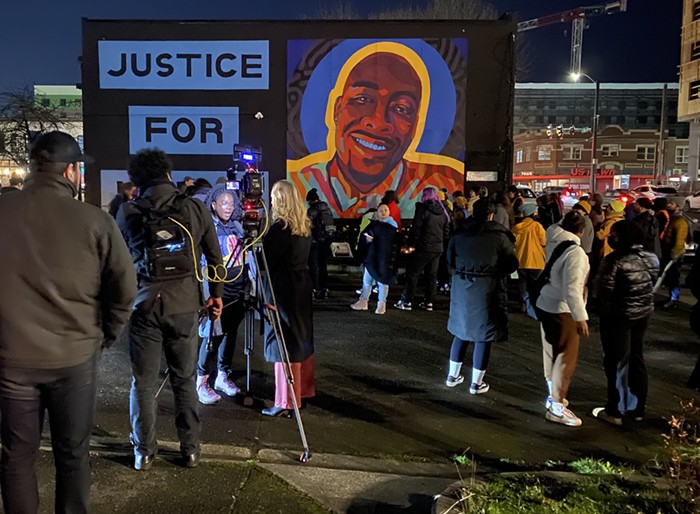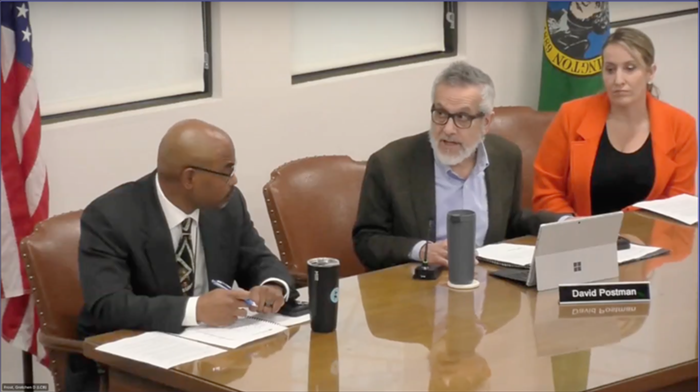At the Thursday, January 12, Seattle City Council hearing where nearly 100 candidates queued up to give their three-minute spiels on why they deserve to fill the vacancy created by Jim Compton's resignation, candidate #87, Alice Woldt, suggested that one prerequisite for the job should be neighborhood affiliation: It should be, "someone from the N.W. quadrant of the city," Woldt told the council. Woldt is from Ballard, and so, her recommendation was a bit self-serving.
But by bringing up geography—and by bringing up a specific neighborhood that's unrepresented by the current makeup of the council—Woldt actually hit on something important. The "Compton" vacancy showcases the fact that no one knows what the prerequisites really are for his seat—or any council seat. That's because no one knows what this seat—or any seat on the Seattle City Council—actually represents. The only legal guidelines: The new council member must be 18 and from Seattle.
Imagine if there were some guidelines around representation. Imagine if Compton had actually represented someplace like Ballard. He wouldn't have been able to resign at his leisure when a job offer (a teaching gig in Cairo) conveniently arose. He would have been forced to resign—about a year earlier.
After all, it was a running joke at council that his office was always empty (door locked, lights out), and that he was, as several Second Floor folks told me, "checked out." A council member with a constituency couldn't have gotten away with that.
However, under our current system, no one noticed how absent Compton had been for the last two years, except a few of his colleagues, who—off the record—were not at all surprised by his resignation last December. The public didn't notice because, well, Compton didn't have a public—or more aptly, he didn't have a constituency. He didn't represent anyone.
But I'm not interested in bashing Compton. I'm interested in pointing out that the "Compton" vacancy is Exhibit A in the case for changing the way we elect our city council. Currently, we have nine at-large seats instead of members who represent specific neighborhoods. (In addition to the mayor, that means you've got 10 folks working for your interests. Does it seem like you've got 10 people working for you?)
The fact that council members are now stroking their chins and, when they ultimately select Compton's replacement, will offer up their different takes on what Position #9 truly represents, lays bare how random this selection process is. More important: It lays bare how random all nine at-large city council seats are.


















